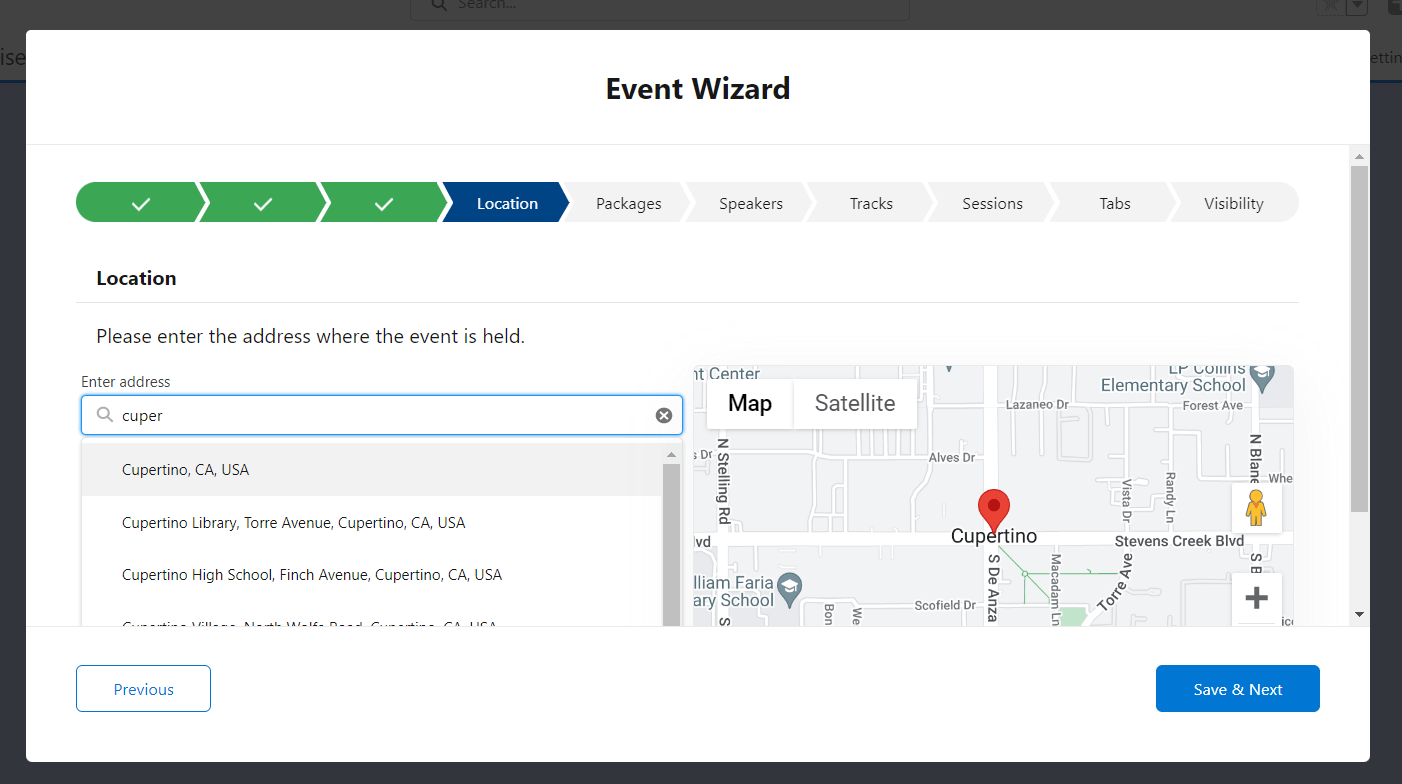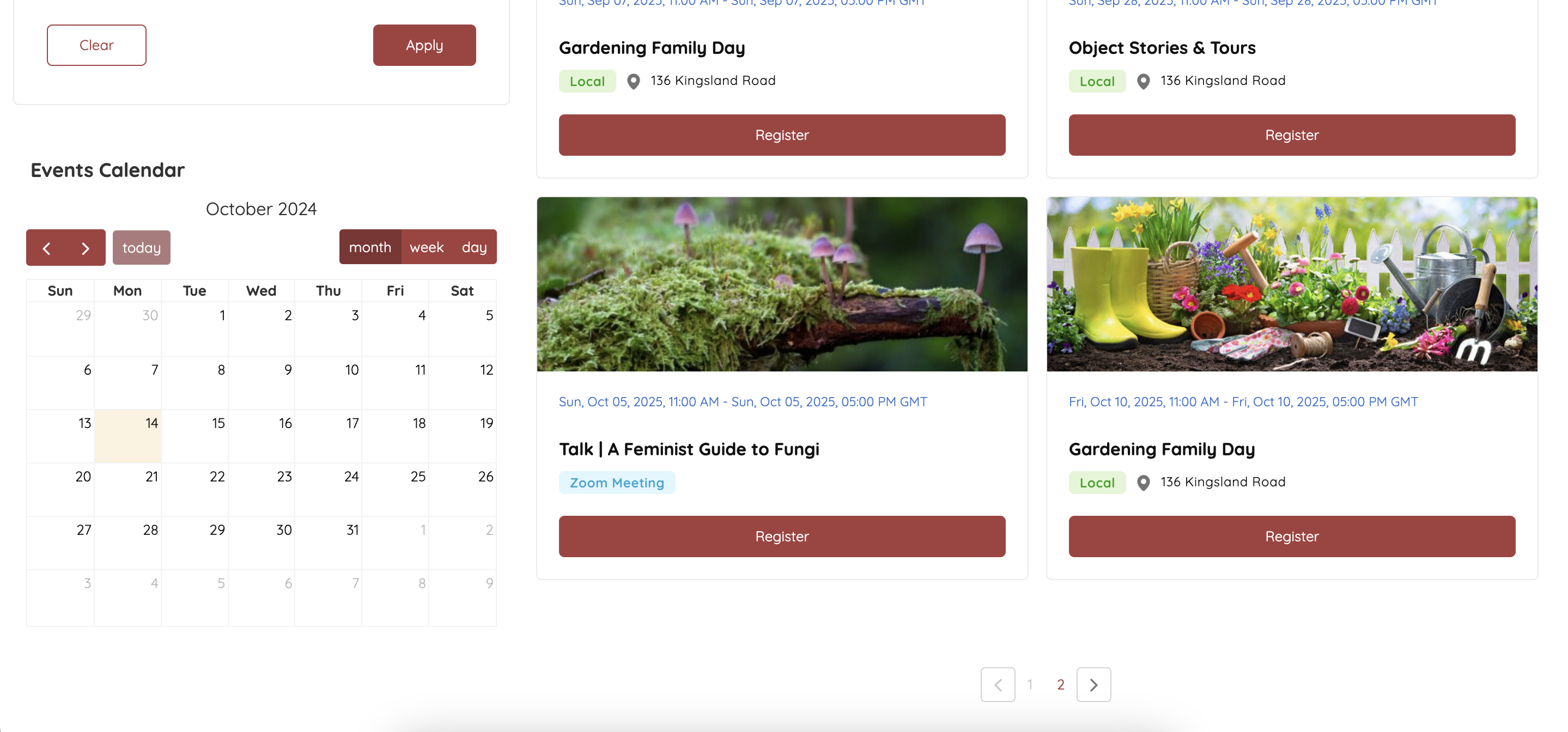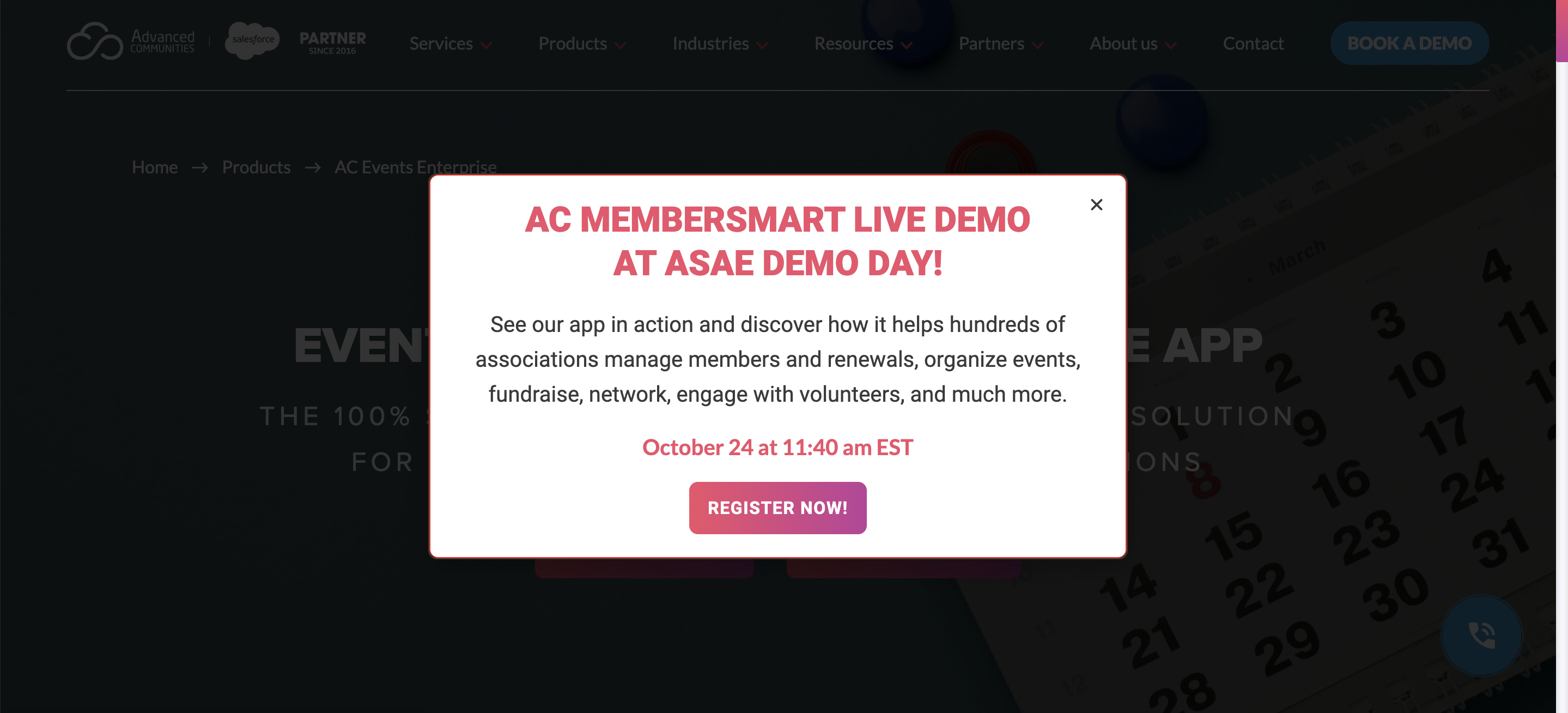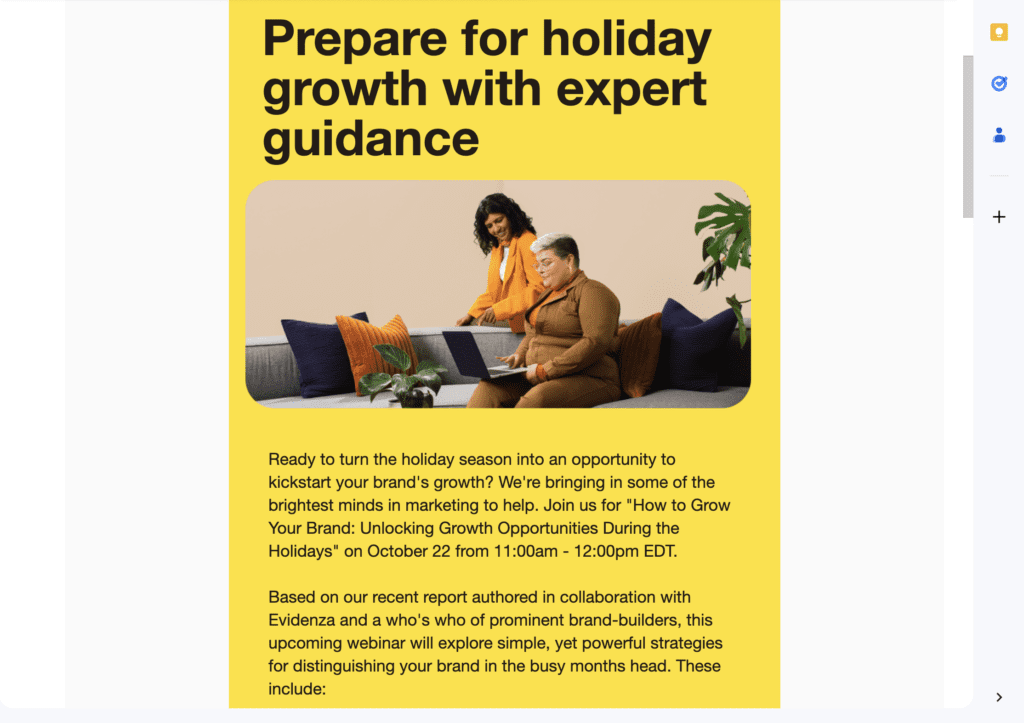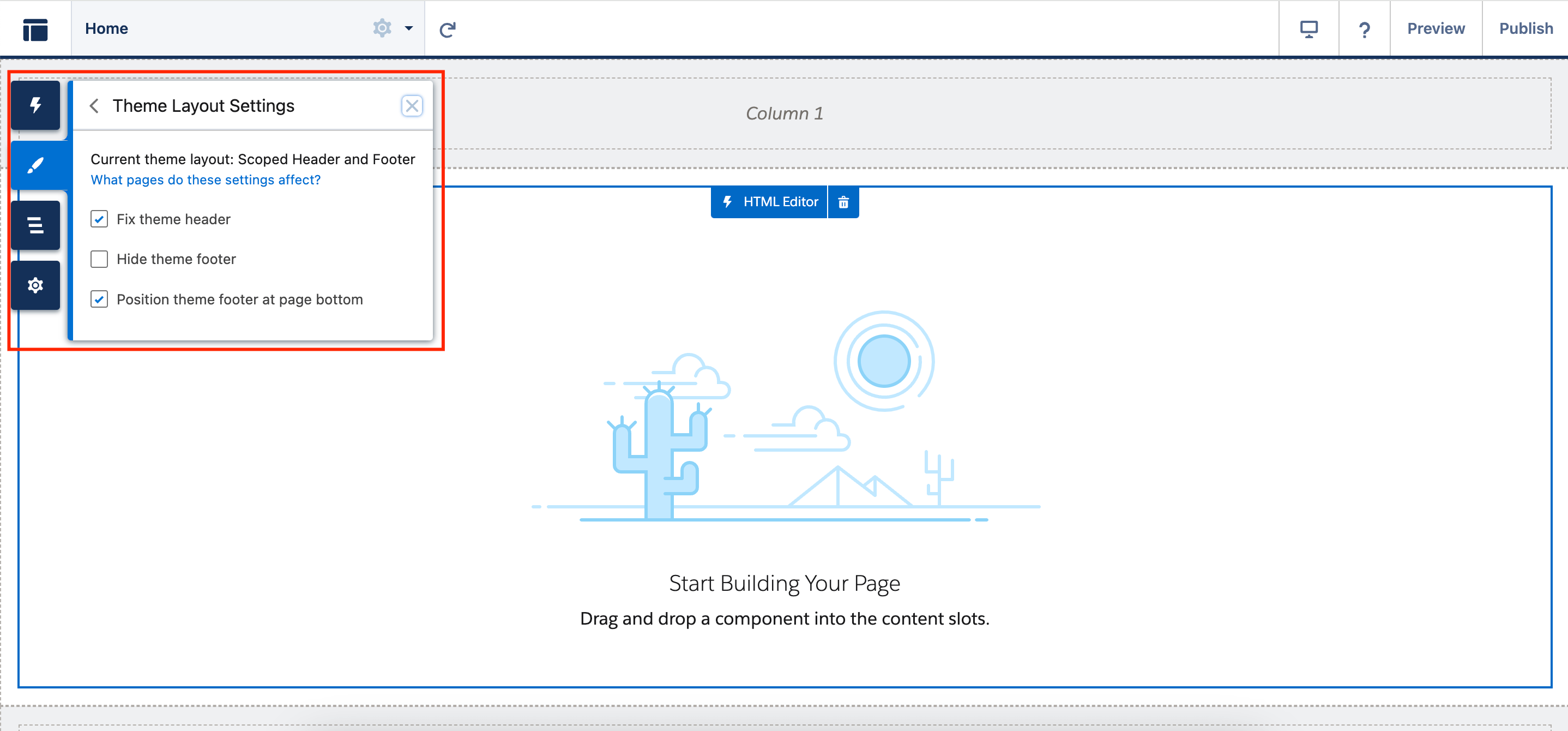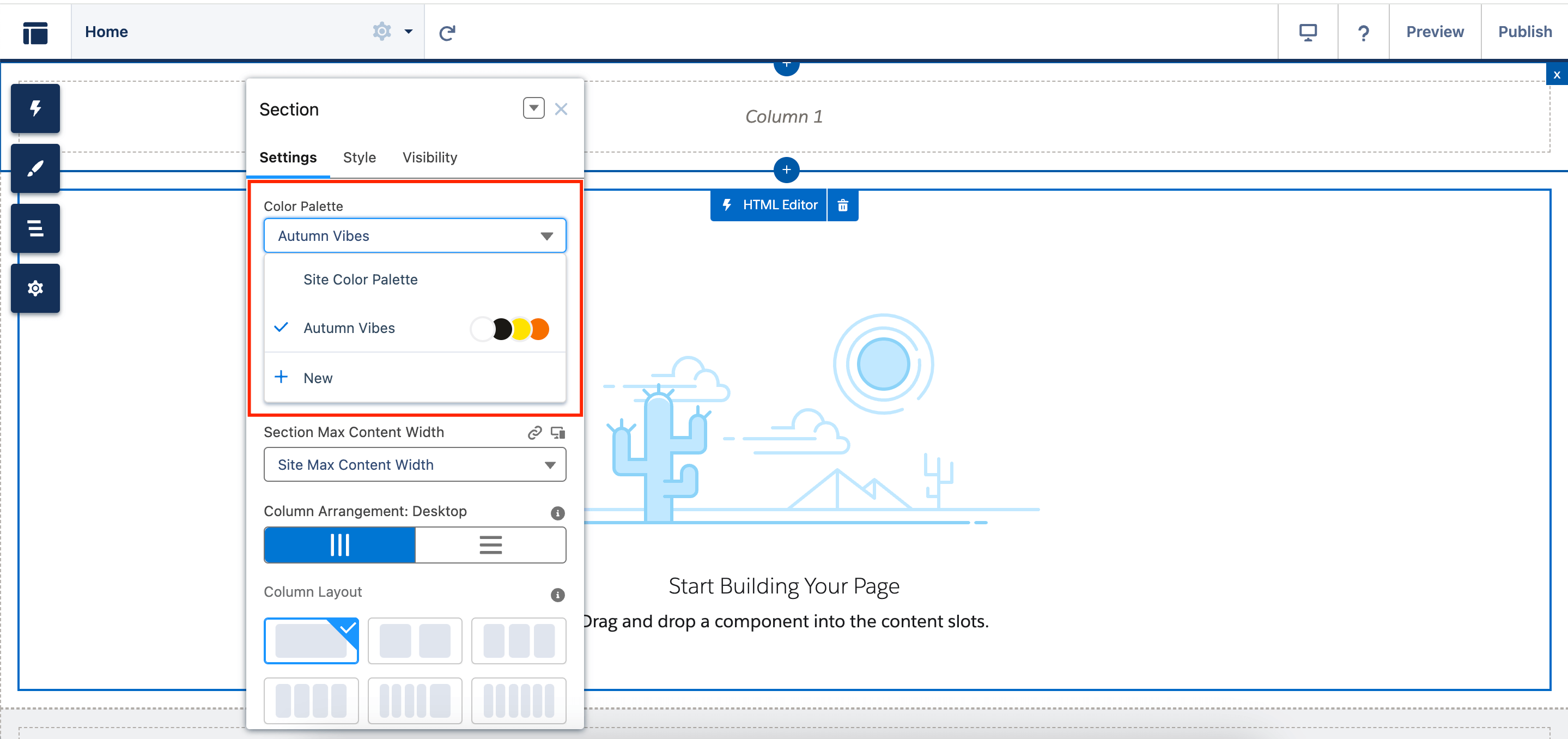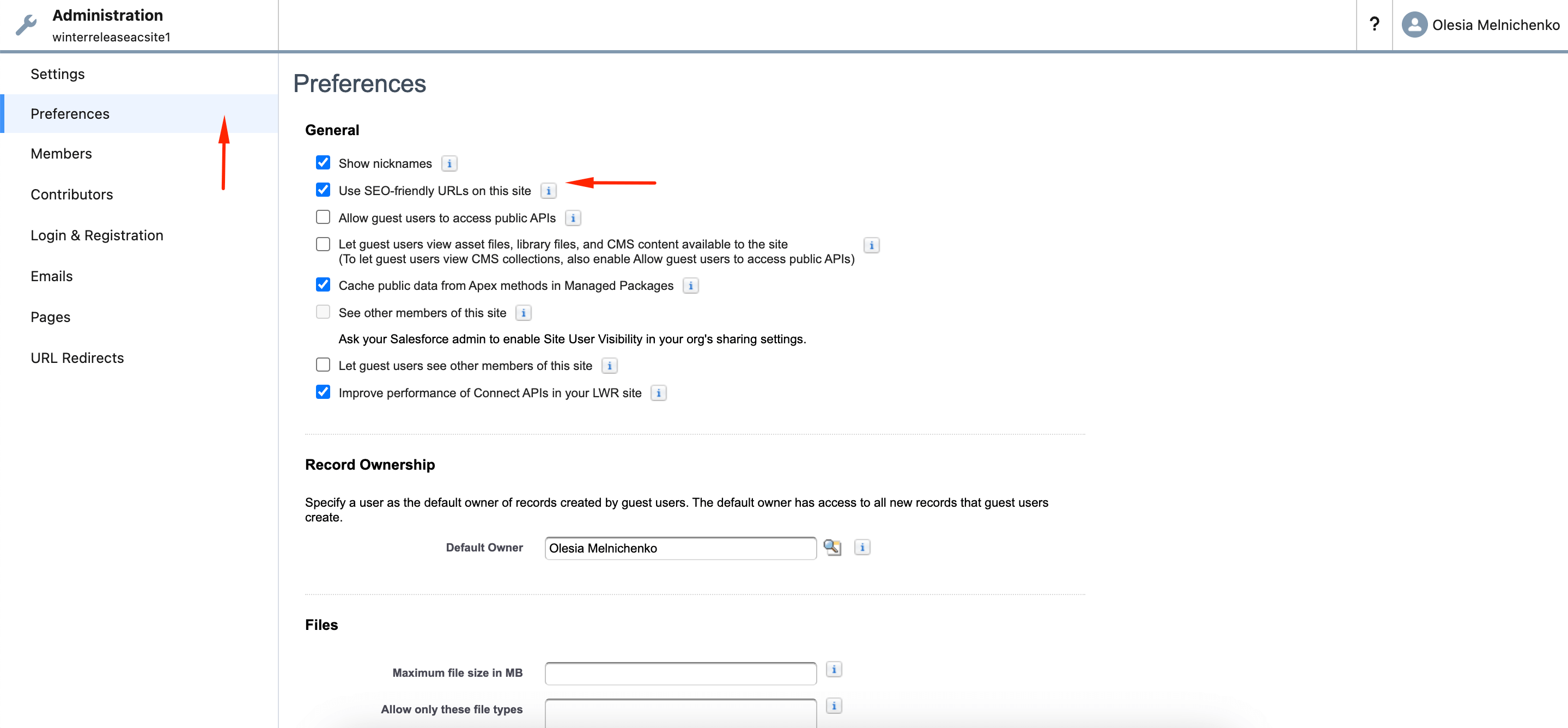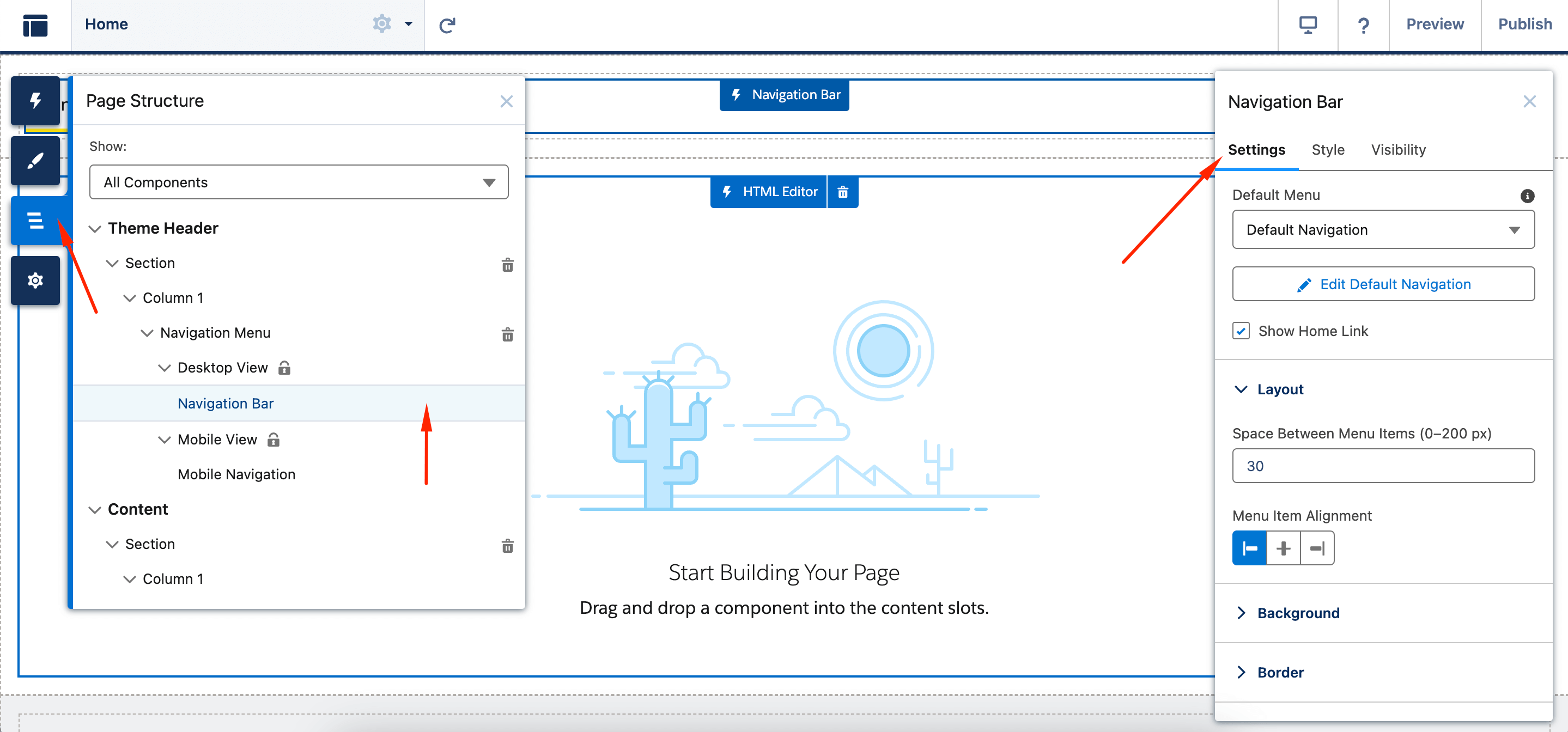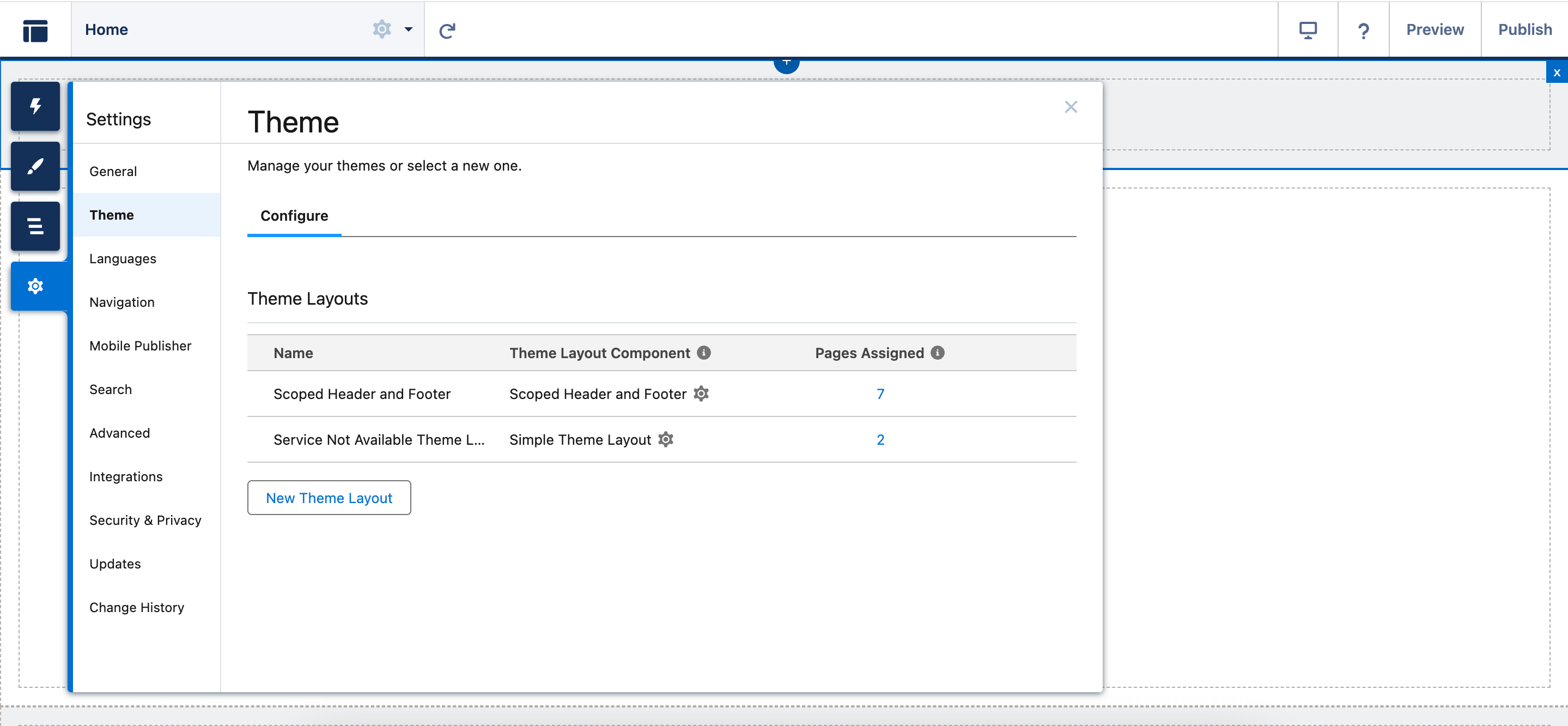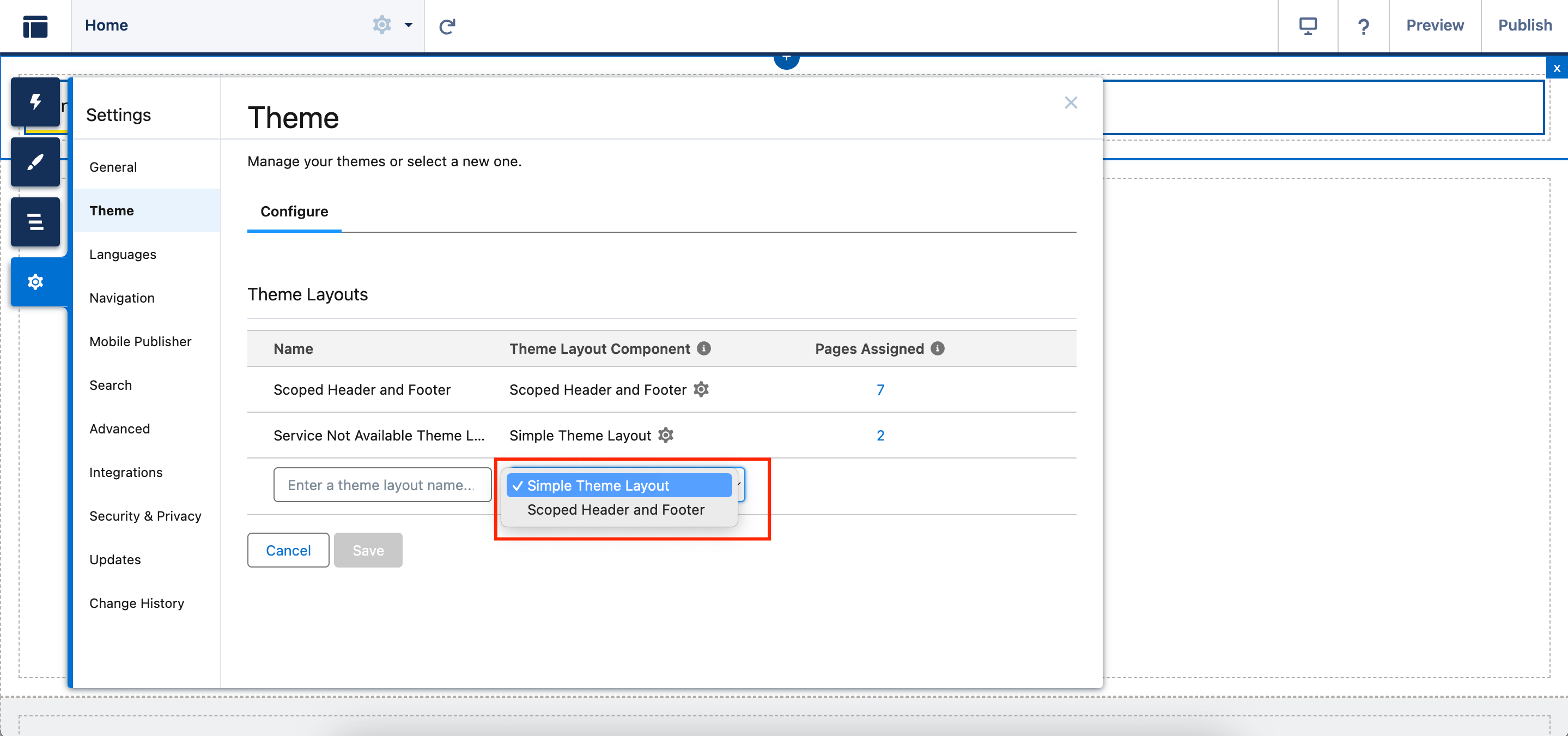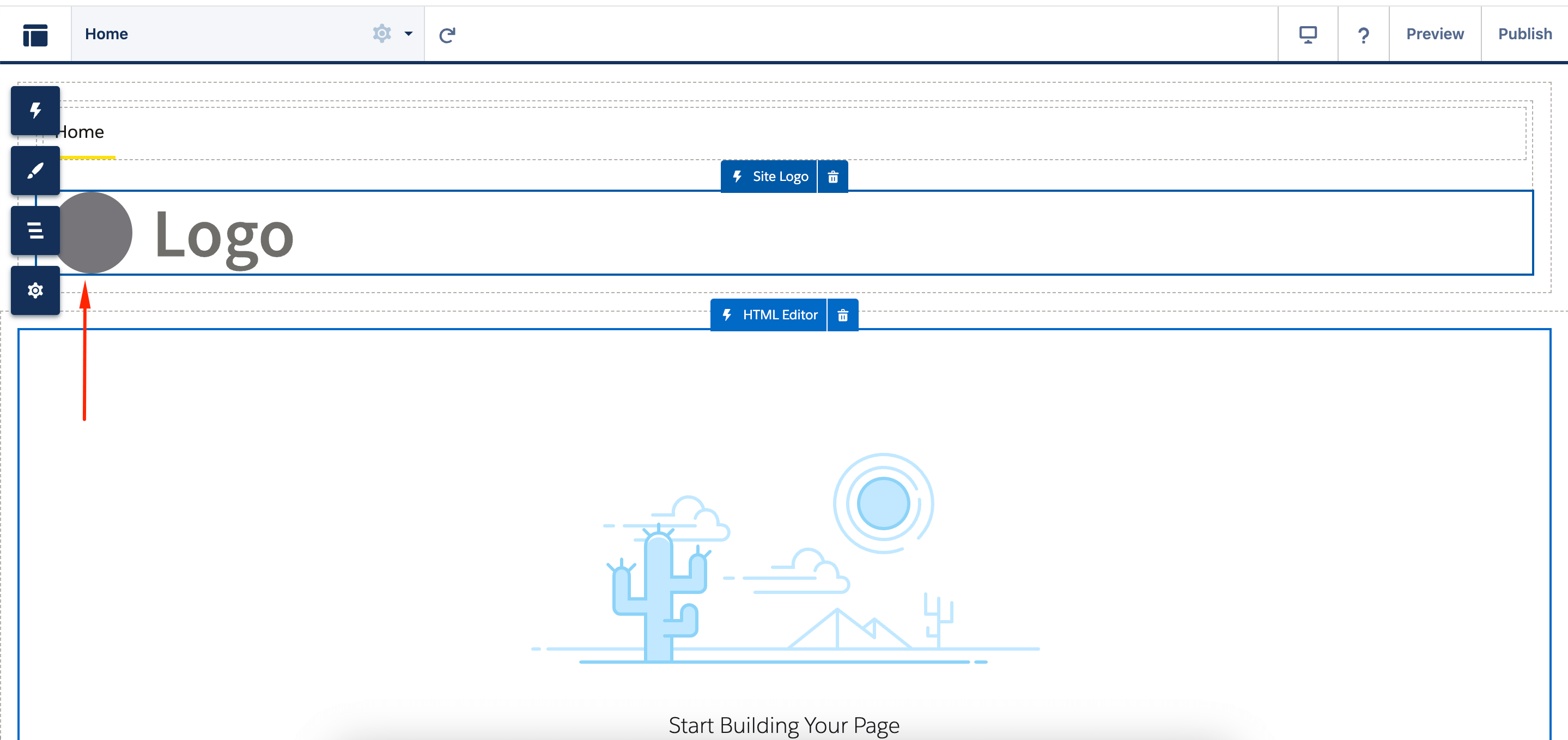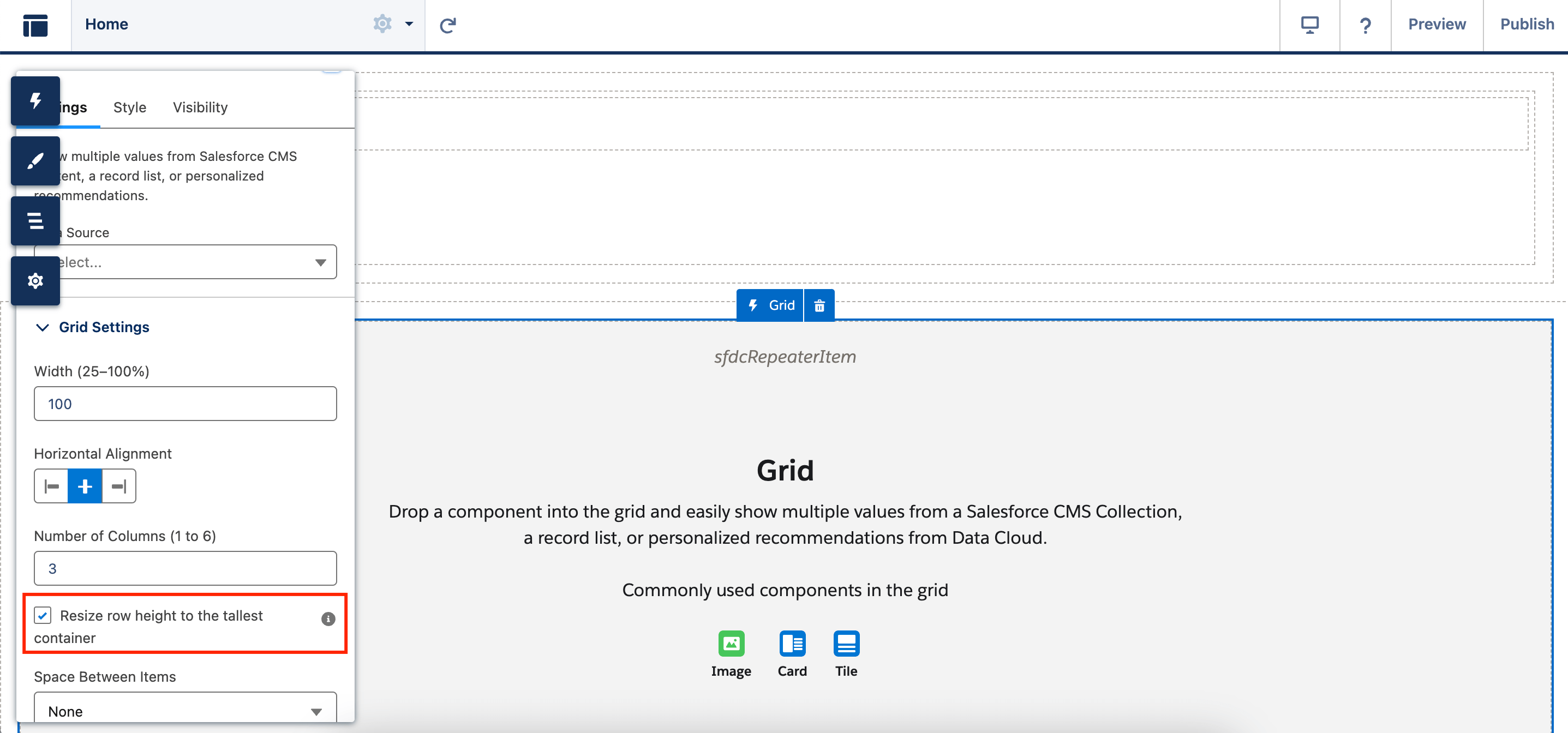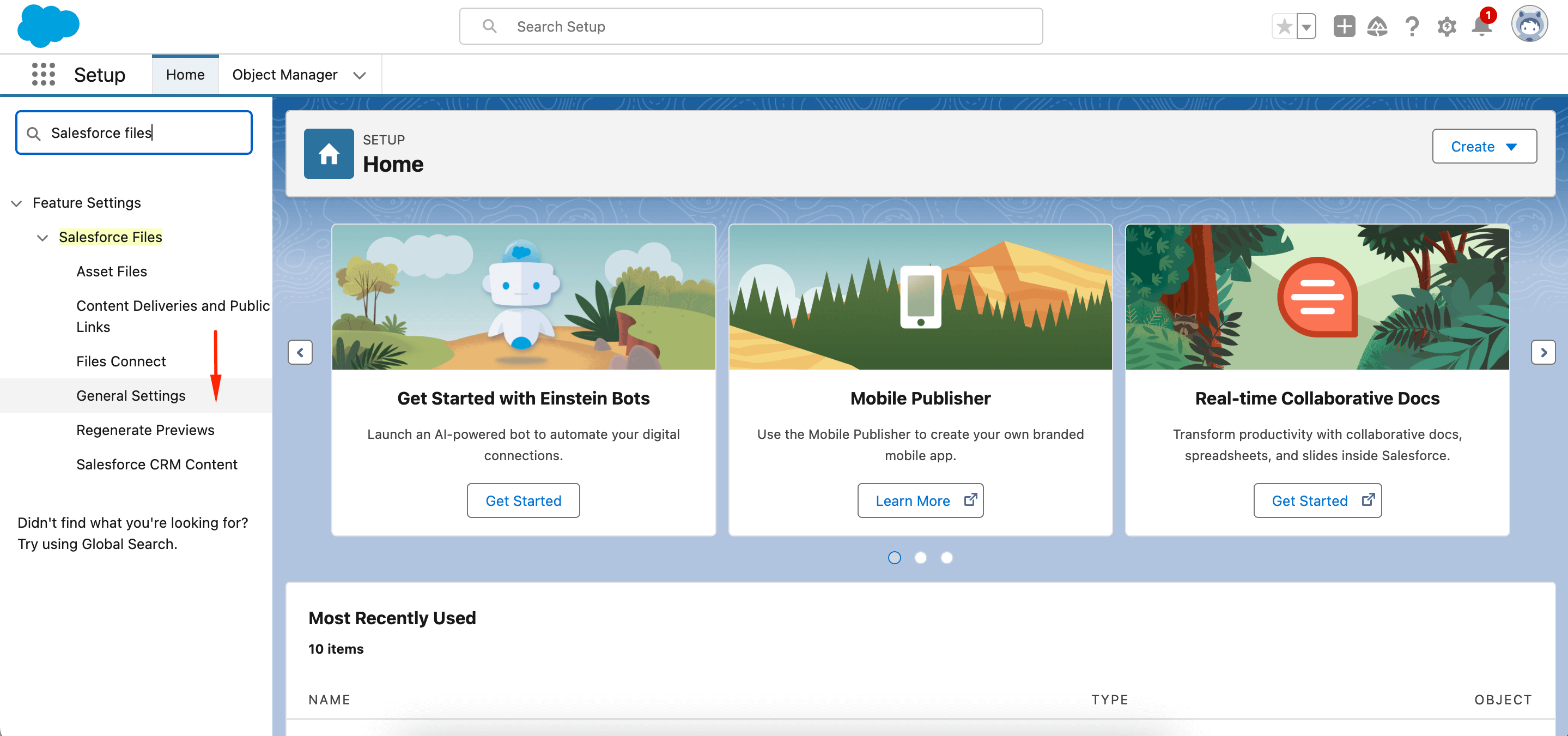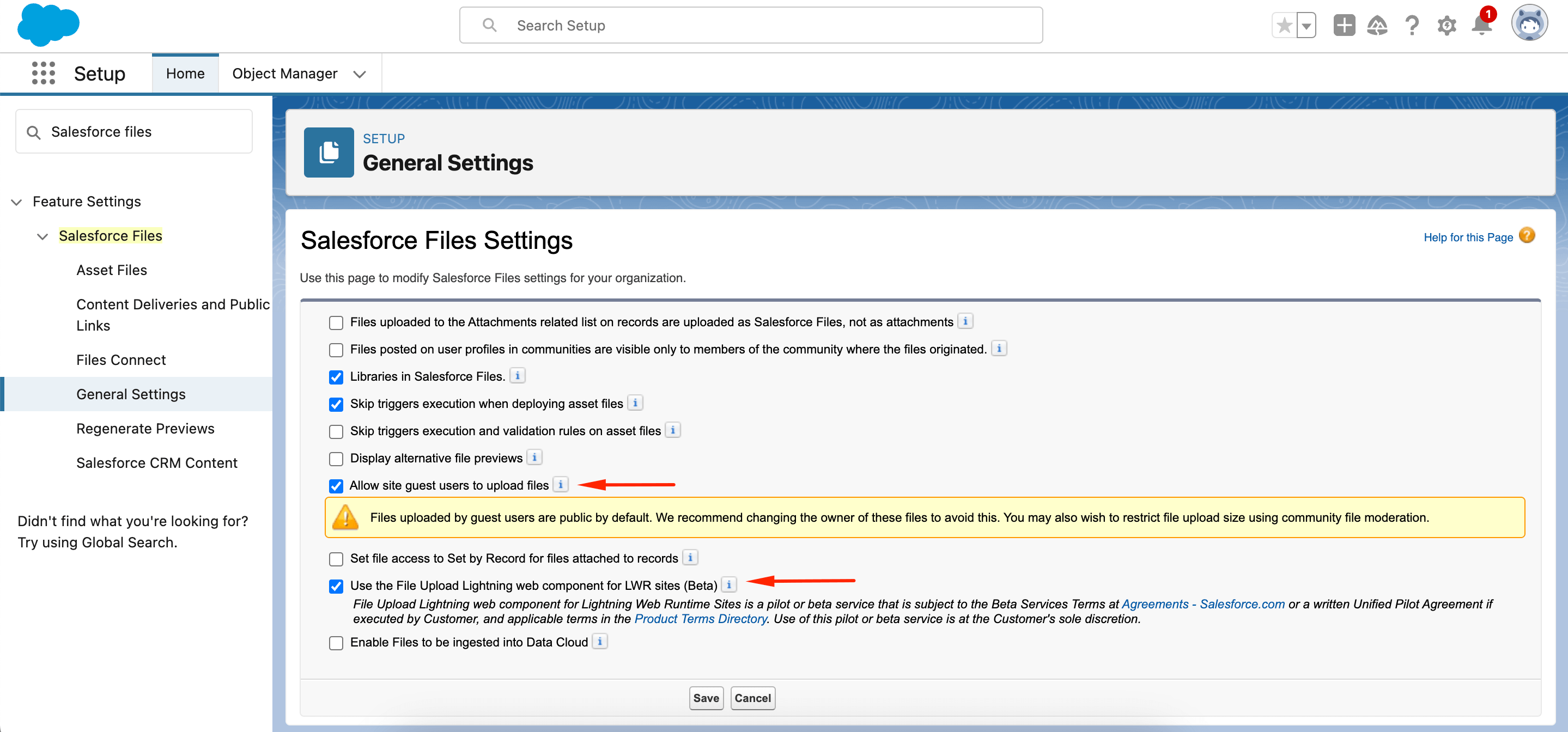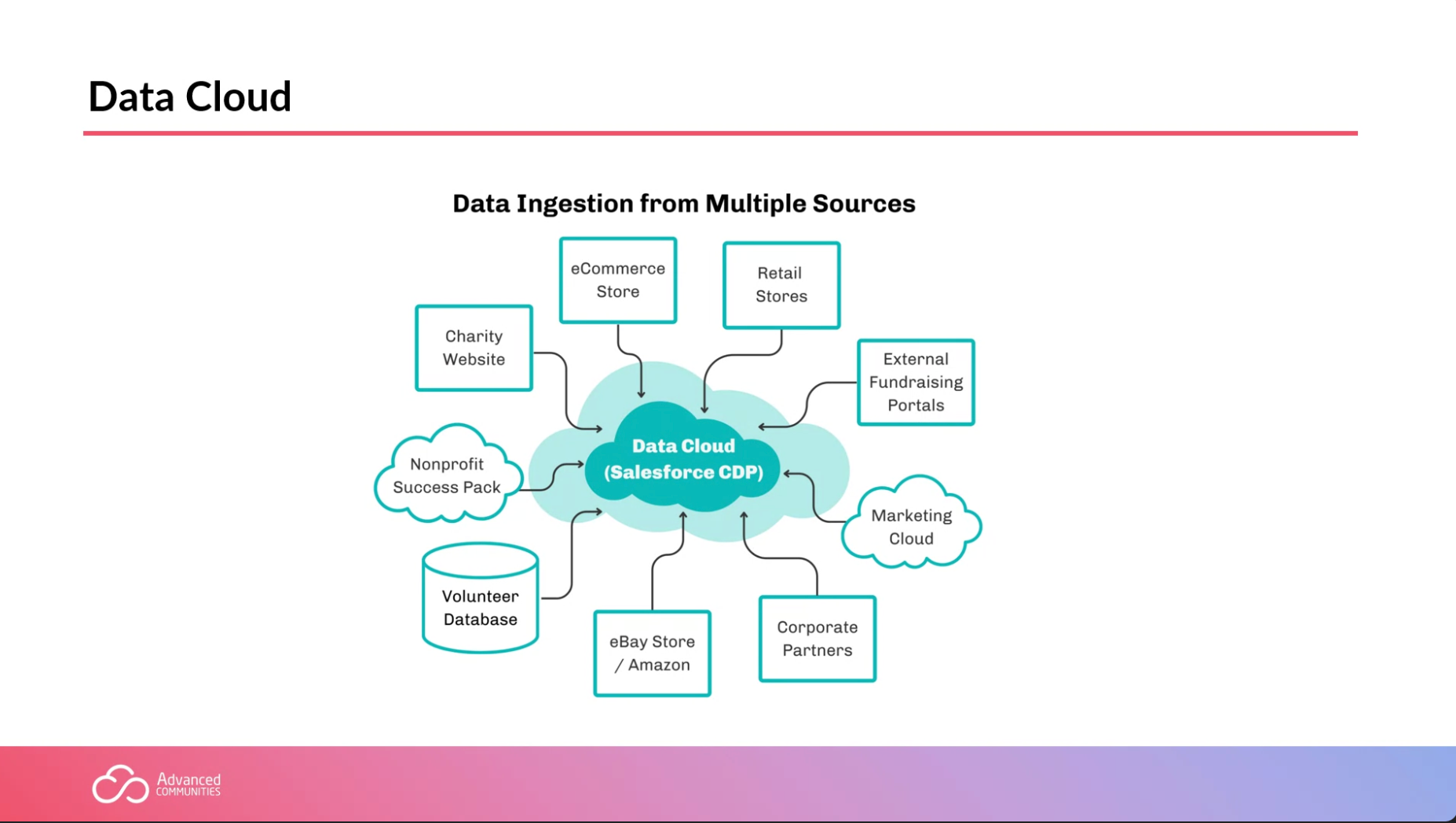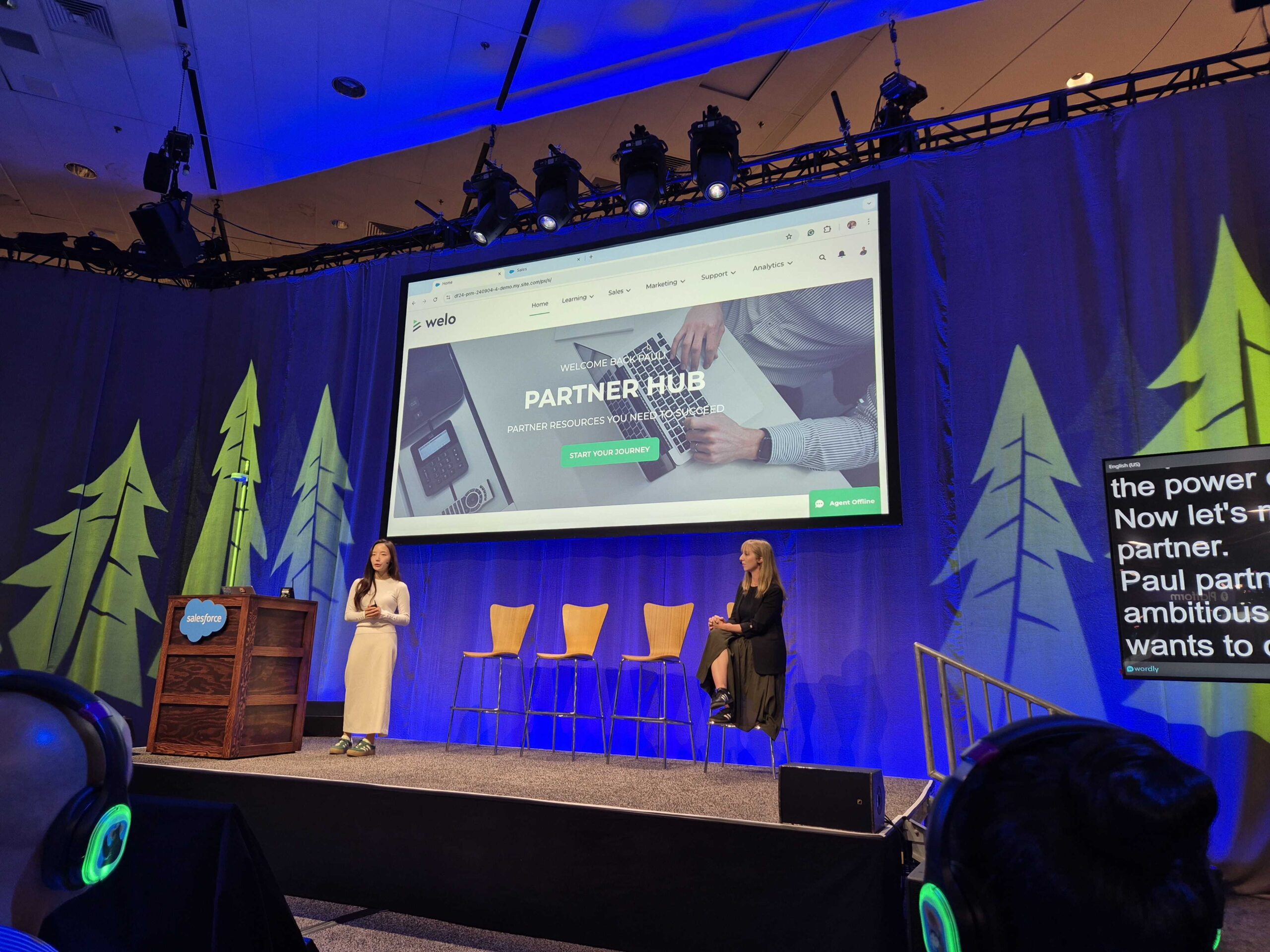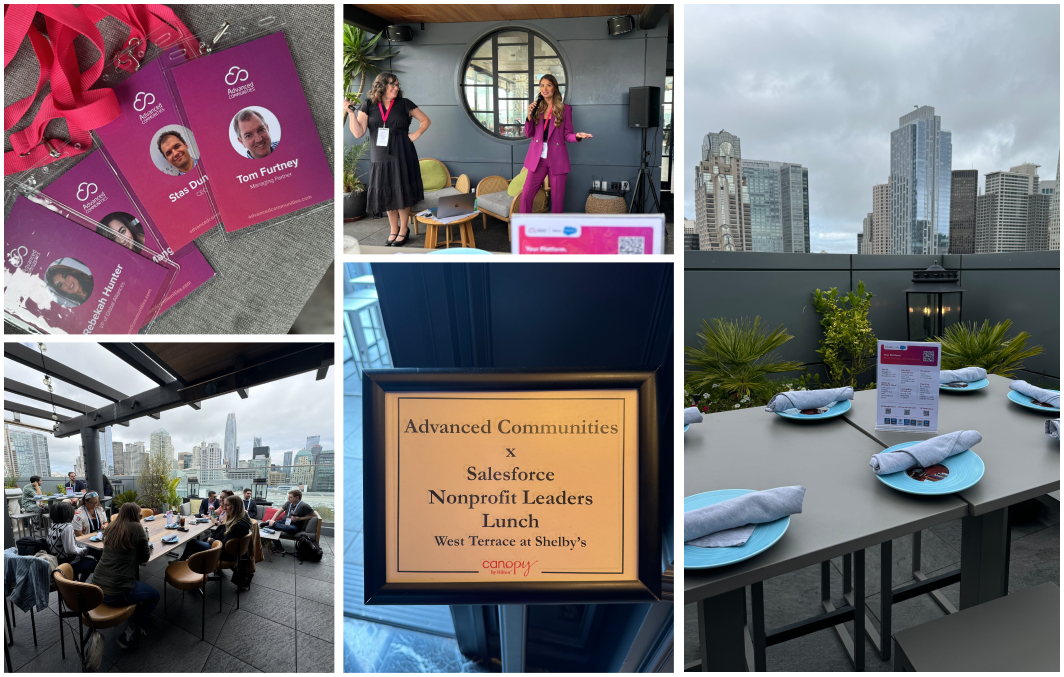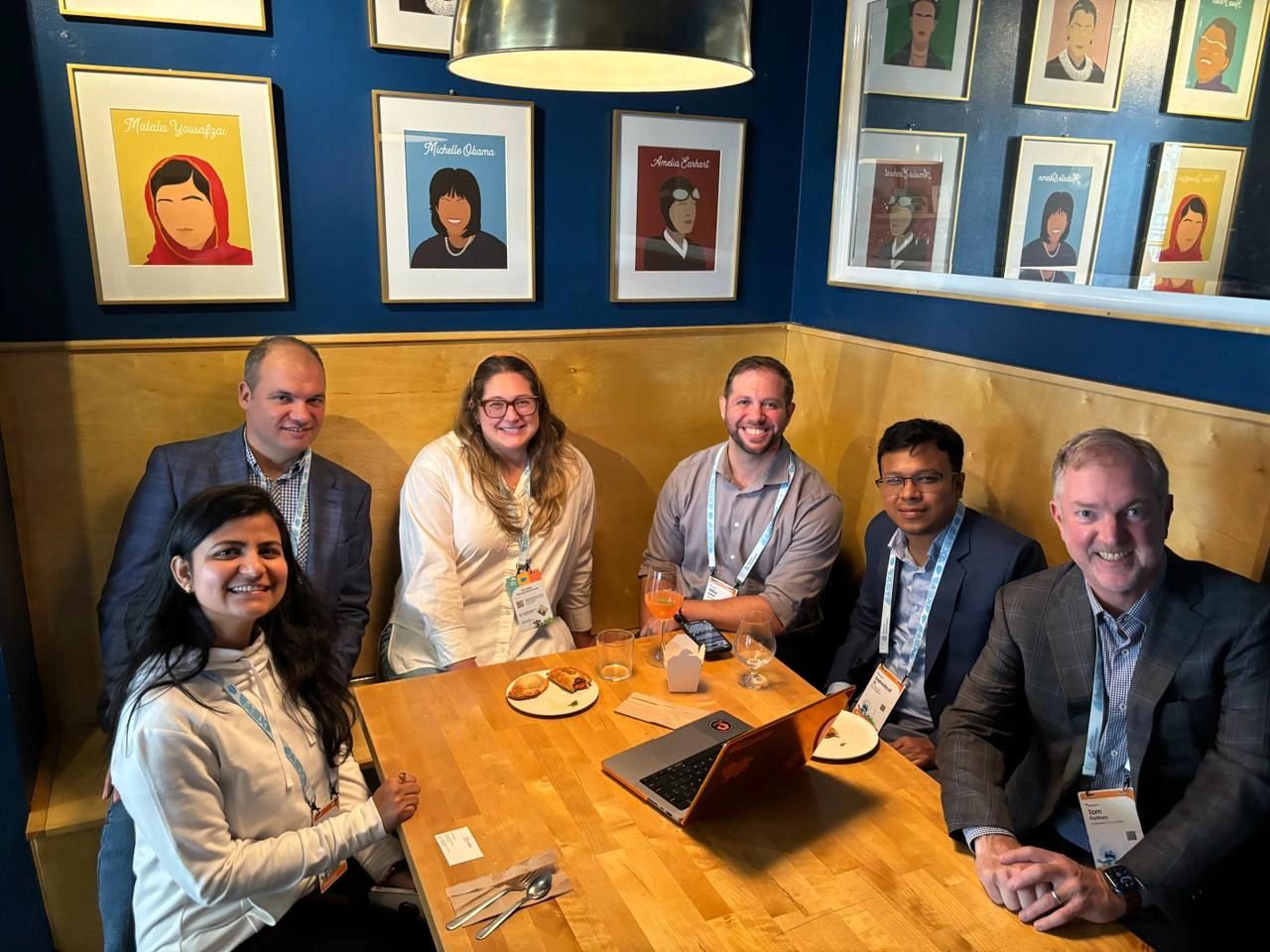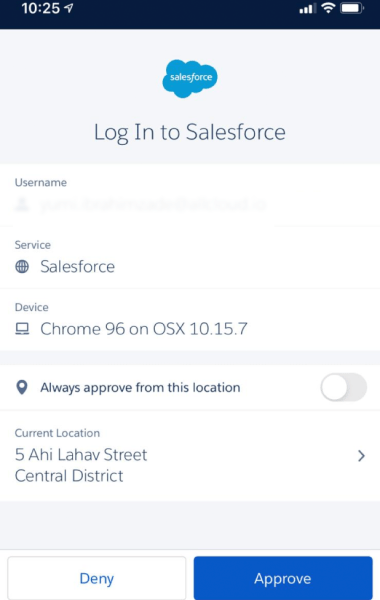Exhibition management is more like juggling balls: event organizers get to be magicians to perform multiple tasks and priorities simultaneously. Judge by yourself: they should pick a venue, prepare a physical promo desk, team up with designer & marketing & financial departments. It all takes patience, hard work, and agility.
In Salesforce, planning an exhibition event requires even more steps than just “juggling multiple tasks”. You have to set everything up in your Salesforce org, choose appropriate tools for that, and set the ball rolling. So, if you are an organization wanting to succeed in exhibition management and Salesforce is your go-to tool for that, then this article is what you’ve been looking for.
What is Exhibition Management?
Exhibition management encompasses all activities connected to exhibition planning and deploying. Practically, these are activities that connect your brand to the target audience. And if you think that this refers only to buying and installing a stand, think again. Generally, exhibition managers are at the helm of purchasing, designing, arranging logistics meticulously, and taking everything down.
It all comes down to a dynamic procedure that combines a strategic planning process. You start with identifying straightforward objectives — for instance, boosting brand visibility or generating high quality leads. In Salesforce, you can do almost every activity related to exhibition event management with automation.
Strategic Event Management: A 5-Step Blueprint to Event Strategy in Salesforce

Why Exhibitions Matter: Importance, Finally Explained
Still sitting on the fence about exhibition management and whether it’s good for your business? Let me provide you with a quick set of reasons to make you “jump that fence”:
- Brand awareness: with exhibitions, you are meant to scream about your company from the rooftops. So they add up to the overall brand image and pull back the curtain on who you are, what you do, and how you can be helpful to others.
- Lead generation: the moment you step into a gigantic hall with numerous stands, products, and services out there, you should keep close tabs on the potential leads. To make them spot you from a distance, make sure your banners stand out, you have branded team badges, and corporate swag. A life hack from the AC team: print a QR code on the back side of those badges so that people scan it and are transferred to wherever you want them to (website, a dedicated landing page, etc.).
- Networking opportunities: exhibition managers should work hard to let everyone mingle with each other at the event. For example, you can form a Salesforce community cloud consultant stand where all partners can gather and exchange their insights, expertise, and knowledge. This way, businesses build bridges and create new deal opportunities.
- New product launch: if you put such an activity into your event schedule, be ready to welcome fresh audience that is interested in your business. However, keep in mind that this launch should be preferably in line with the main exhibition topic/headline.
Exploring the Key Types of Exhibitions and Their Goals
As traditionally understood, exhibitions vary in their fashion, key objectives, and major focus. Each of them requires a specific approach. With that in mind, look at the main types of exhibitions to adjust your exhibition management best practices correctly:
- Trade shows for industry professionals: everything from auto expos, technological summits, are exhibitions, and healthcare conferences to manufacturing trade exhibitions counts.
- Professional conferences: a prime example is conferences in the Salesforce ecosystem like Dreamforce or Salesforce World Tour. It’s a mix of trade show with educational sessions that cater to pros looking to network and learn. They are perfect for capturing a great number of leads. Plus, there is a community-led professional conference for Admins, Developers, and Salesforce Architects – Dubai Dreamin’.

- Consumer exhibitions: the rule of thumb is that consumer exhibitions are meant for the general public, showcasing services and products specifically and directly for consumers. On the face of it, this can be garden/fashion shows, home depot exhibitions, etc.
- Digital exhibitions: virtual events are a dime a dozen especially in Salesforce. Speaking of, the upcoming live event Discover Agentforce is happening at the end of October and will guide us through the ways autonomous agents can boost customer support success.
Virtual Event Management: How to Plan a Virtual Event in Salesforce in 2025

Your Action Strategy to Winning Exhibition Management on Salesforce
Exhibition planning isn’t a sprint but a marathon. Endurance, a planning process, adaptability – those things are a common link between the two. To help you “run” this marathon with dignity, we have divided the overall exhibition management process in 5 phases. Look through them to be ready, steady, go!
Phase 1. Put the Seal on the Concept and Budget
Events industry is exacting. But before you plunge into the nitty-gritty, solidify your exhibition concept and budget. In other words, this is a phase where you lay the foundation for your event – without a strong base, everything can collapse.
Start by clearly identifying your goals. Are you aiming for lead generation or is there anything else? Once they are crystal clear, it’s high time you allocated the budget that aligns with your vision.
For instance, if you’re targeting high-profile clients, investing in a premium exhibition space may be worthwhile. And remember: a well-planned budget can prevent the much-dreaded “penny-wise, pound-foolish” scenario in the time following.
Phase 2. Choose an Exhibition Venue
Speaking of, selecting the right exhibition venue is much like picking a perfect stage for a performance. It sets the tone for an entire exhibition. What factors to consider? I would go with location, accessibility, inclusivity, and the exhibition space capacity to accommodate the audience.
Another option might be considering some vendors who are selling exhibition spaces. The odds are you may spot just an ideal place.
If the location you chose is located in the center/downtown, it may increase attendance significantly, while a picturesque space may skyrocket your brand’s image. Do not forget that this phase matters as it’s where your audience first interact with your business. So make it count!
Phase 3. Implement Event Management Software
Now that you have a concept and venue locked down, time to bring in the heavy artillery: powerful event management tools. With Salesforce event management, you can streamline registrations, ticketing, and attendee registration. Not enough functionalities solely with a Salesforce platform? Use its native bolt-ons! Like the one from Advanced Communities – AC Events Enterprise.
Imagine you can have the overall information about your exhibition seamlessly integrated with your Salesforce org – from registrants to their QR code tickets automatically generated and stored in the system, in real-time.
By the way, QR code tickets are highly useful for in-person events like exhibitions. Attendees register for the event following a straightforward Event Creation Wizard, specify the amount of tickets they want to purchase, and get an email with a link to tickets. They can download them on mobile device and show when entering an exhibition.
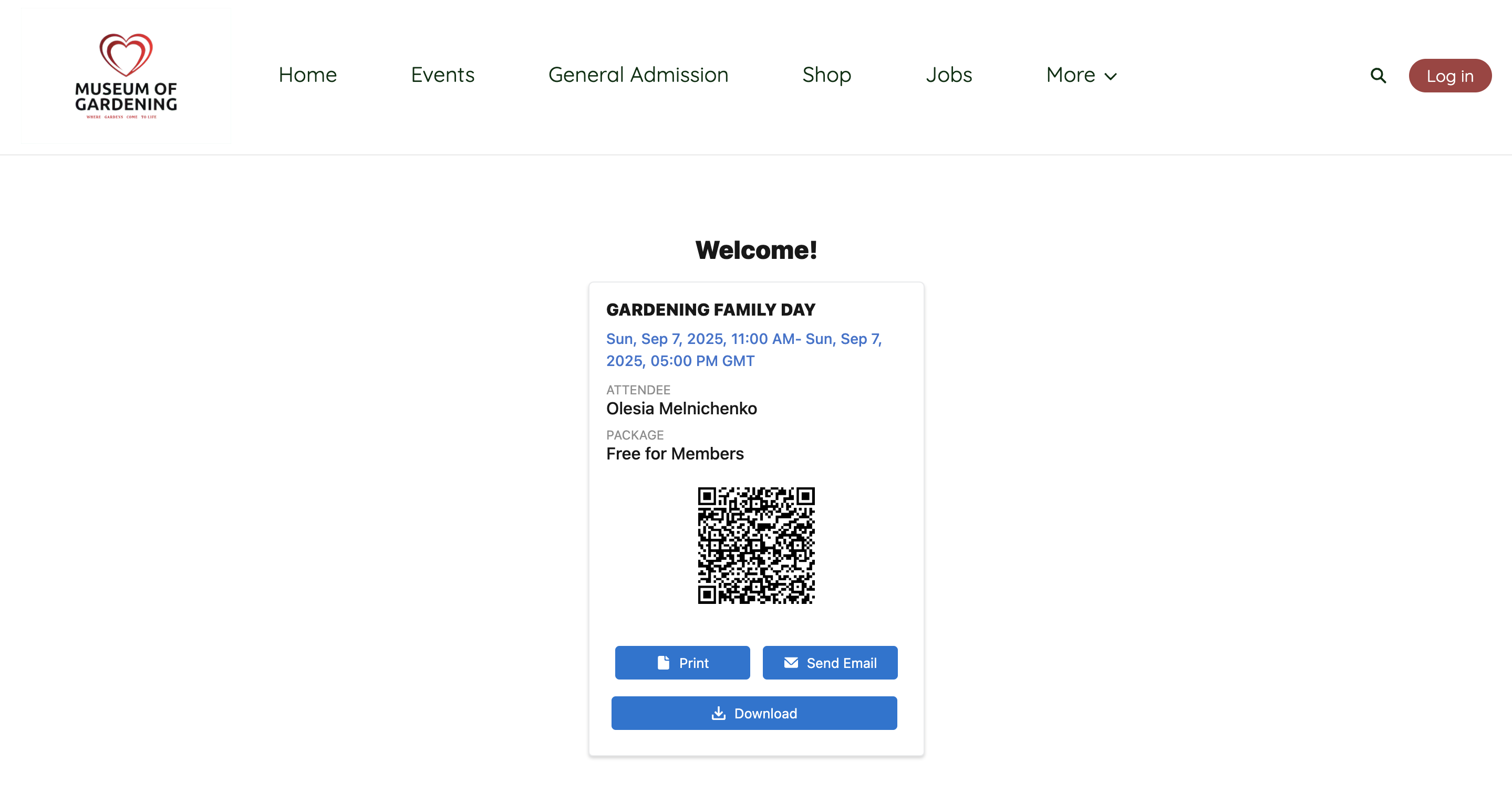
Moreover, you can create a dedicated exhibition landing page with such info as general data, agenda, sessions, speakers, and event schedule added. Talk about efficiency with AC Events Enterprise!
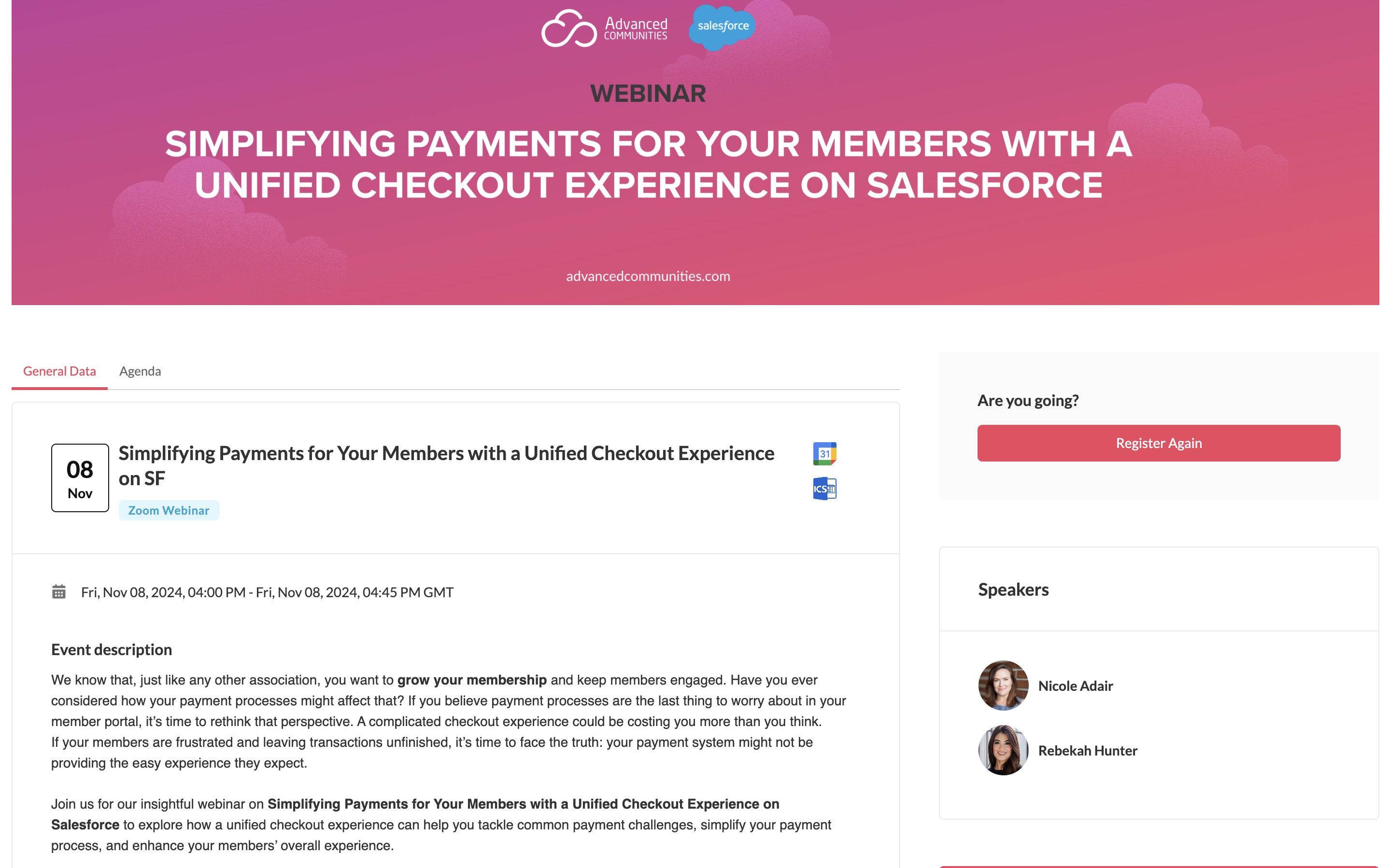
Phase 4. Analyze Post-Event Metrics
Phew! The exhibition is over. Should you call it a night? Not at all! Mark down your event operations during the preparation and analyze the data. This is like a post-game analysis – what worked, what didn’t, and how can up your bottom line next time.
By using Salesforce for associations, you can play around with analytics to gather insights on attendee engagement, lead conversions, and overall satisfaction. But again, a standard set of Salesforce features might not be enough for a proper analysis. Here is when AC Events Enterprise steps in. With customizable dashboards and reports, our app helps you see the whole picture in real-time, which allows you to take actions immediately.

This way, you can compare pre-event projections with actual attendance figures and see where you hit the mark or missed the boat.
Phase 5. Plan Post-Event Activities with Salesforce
When you are all set with analytics, reporting, and metrics, you can consider sending some sales (or marketing) follow-ups. In Salesforce, you can set up automated reminders with ease – your team won’t forget to contact a person of interest after the event. You just have to navigate to Lead or Opportunity Record in Salesforce org, create a task for that, specify all the relevant details, and set a reminder. This way, your sales department can reach out to those who didn’t show up but registered for the event or to those who did and still waits for some post-event material kit (one pagers, deal agreements, etc.).
Sales deps can have email letters in their system in one place, without switching between the tabs. Besides, sales crews can log emails and meeting notes so that nothing slips through the cracks, keep those QR code ticket scans in place, or have contact information perfectly stored.
Last but not least, Salesforce can automatically assign a lead to the right representative based on the predefined criteria you specify. For instance, occupation, country, product interest, position, etc. This saves heaps of time, figuring out who the person is, what product they liked at the exhibition, or what they do professionally.
Final Thoughts
At first glimpse, exhibition management seems like a complex beast. However, it can be tamed. Successful exhibitions require solid preparation and you’ve just read what it takes! Only a thorough concept understanding, powerful marketing, attendee management and logistics, and post-event activity to measure event success.
Advanced Communities is there to hold your hand while you organize your next exhibition event. For that, we offer the all-in-one, powerful event management software – AC Events Enterprise. What is global exhibit management? Reach out to us to get a consultation on that matter and to know how a 100% native-to-Salesforce event app can transform your exhibition management experience and lead you to event success.
FAQ
1. What is the Meaning of Exhibition Management?
Exhibition management means taking care of all aspects related to trade exhibitions, conferences, and other events. Their primary goal is to showcase products, services, and ideas in combination with a variety of activities (planning, promotion, managing, logistics, post-event analysis).
2. What is the Role of an Exhibition Manager?
An exhibition manager is at the wheel of everything happening with a trade show or exhibition. Their task is to control all stages and to deliver a successful event. Thus, they should focus on everything from the exhibition start to a stand design and partner follow-ups. Plus, they also serve as troubleshooting managers, quenching fires if necessary and coming up with a back up plan.
3. How do You Organize a Successful Exhibition?
To organize a successful exhibition, you have to stick to some ground rules. First, you have to clearly articulate a purpose of exhibition and identify target audience. Second, consider factors like location, size of the exhibition. Third, develop an event budget thoroughly and create a timeline. After that, you have to promote your exhibition, plan the logistics, and evaluate post-event.
Subscribe to Our Newsletter
Receive regular updates on our latest blog posts, news, and exclusive content!



